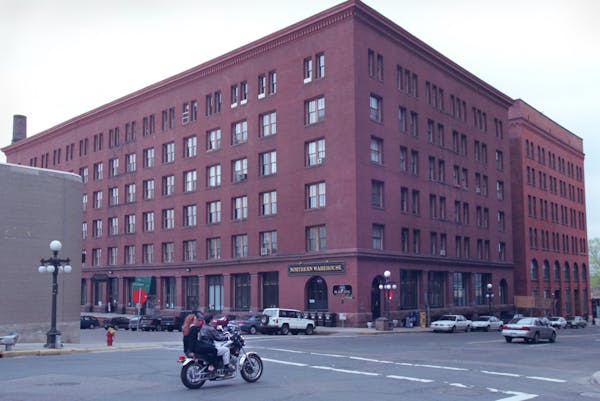Recently, the Star Tribune ran a story covering the findings of the latest investigatory report from the Institute on Metropolitan Opportunity at the University of Minnesota: the proliferation of predominantly white, comparatively luxurious subsidized housing complexes in the Twin Cities, often in the form of specially screened artist housing ("Study finds racial bias in housing for artists," May 21).
The earlier piece described how these new trends contributed to racial segregation in the Twin Cities. As the authors of that report, we would now like to contribute further detail about this phenomenon that was left on the editing-room floor.
One of the most striking characteristics of predominantly white subsidized housing is that it is typically constructed at far greater expense than traditional subsidized housing, where most occupants are families of color. For instance, the average cost of a predominantly white unit is $348,000 per unit, compared with $266,000 per unit for more traditional subsidized housing.
But in some cases — particularly in artist housing — expenses run far, far higher. In four projects produced by one local for-profit developer, including Minneapolis' spectacular riverfront A Mill, costs range between $430,000 and $665,000 per unit. Total development cost for these four buildings exceeded $460 million. (For comparison, the public contribution to the Vikings stadium was $498 million.) They contain a total of 870 housing units, mostly single-bedroom and studio. If the same amount of money had been used just to buy houses in affluent suburbs like Minnetonka, nearly 1,600 homes could have been purchased.
It is unclear how long these buildings will even function as affordable housing. A review of real-estate documents showed that many of the largest projects, including the A Mill, have retained the option to seek a regulatory exemption after only 14 years, which would transform the buildings to market-rate housing, only distinguishable from privately constructed properties because they were built almost entirely on the public dime.
There is of course nothing wrong with historic preservation, fostering the arts or economic development, all worthwhile endeavors that we support. But we are alarmed that cities have sought to accomplish these ends by repurposing affordable housing funding originally intended for the very neediest families and directing massive infusions of resources toward the benefit of white tenants and private developers.
Meanwhile, it is often said that producing sufficient quantities of integrated, high-opportunity housing for the genuinely poor is simply beyond the financial capacity of cities — a claim that sits uneasily with the existence of high-dollar, white-segregated subsidized housing.
When discussing our new report with experts, some expressed surprise that projects of this nature were able to receive funding. And indeed, until 2008, many of them weren't — the IRS forbade occupational preference screening in certain subsidized developments. But that year, in Congress' emergency bill responding to the housing meltdown, Minnesota developers succeeded in pushing through a special exemption that allowed — among other things — federal funds to be put toward "artist preference" subsidized units.
However, developers and cities are still bound by civil rights law, of which housing is a very important part. Even private entities are under a legal obligation to ensure that their activities providing housing do not create a racially disparate impact; city governments and the state are under that same obligation with regards to their funding process and other work. The city and the state also must avoid perpetuating segregation, and they have a special, affirmative duty to promote integration and choice in housing.
These obligations and duties stand in stark contrast to the reality on the ground in Minneapolis and St. Paul. Our subsidized housing is currently being operated as a dual system, where white families can find their way into quasiluxury buildings in up-and-coming neighborhoods, while families of color are mostly forced to settle for comparatively Spartan dwellings in areas wracked by disinvestment and segregation.
The report raises several important questions for developers like Artspace, a Minneapolis-based nonprofit that has been at the forefront of the movement to develop affordable housing for artists. We tried many times to discuss these issues with representatives of Artspace in advance of our report, but they never responded to our calls or written questions.
Myron Orfield is a professor of law at the University of Minnesota Law School and director of the school's Institute on Metropolitan Opportunity. Will Stancil is a research fellow at the institute.

From Opinion: Minneapolis City Council is creating new barriers for BIPOC and immigrant small businesses

